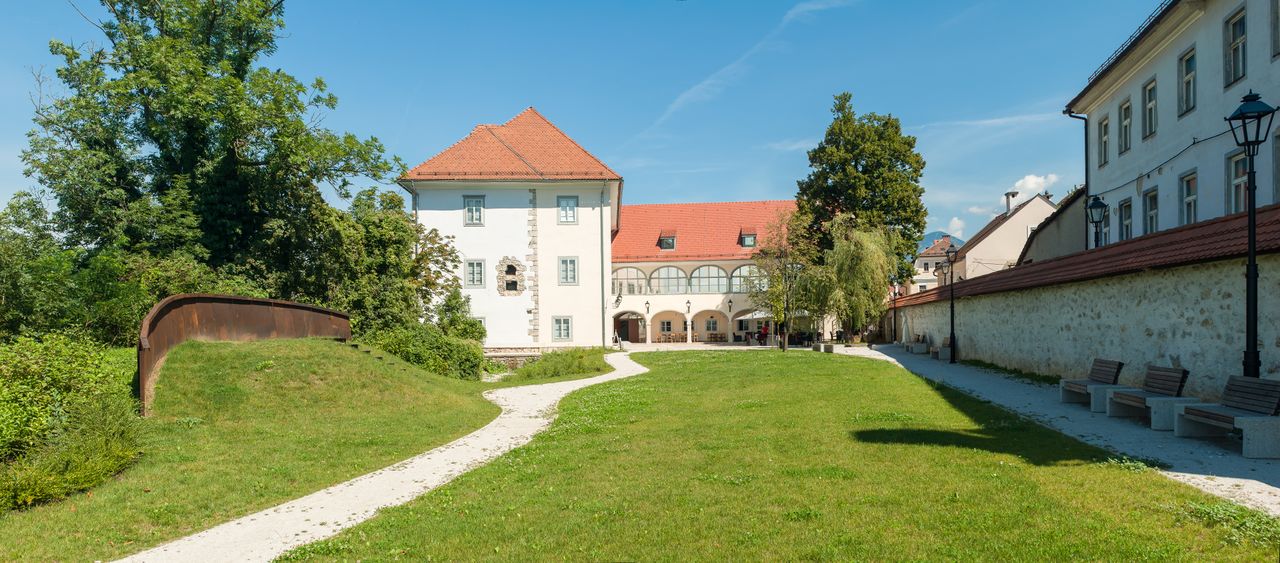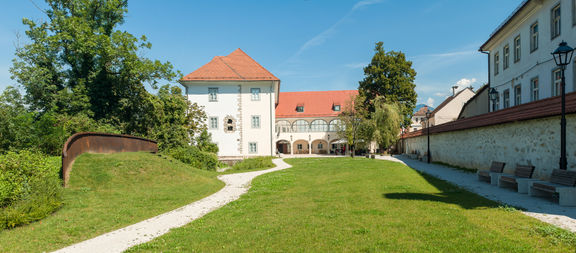Difference between revisions of "Khislstein Castle"
m (Text replace - "{{Abstract" to "{{Teaser") |
|||
| (16 intermediate revisions by 5 users not shown) | |||
| Line 1: | Line 1: | ||
{{Article | {{Article | ||
| − | | status = | + | | status = TOPROOFREAD NIFERTIK! PHOTO |
| − | | maintainer = | + | | maintainer = Heritage maintainer |
}} | }} | ||
{{Infobox | {{Infobox | ||
| Line 11: | Line 11: | ||
| fax = 386 (0) 4 201 3951 | | fax = 386 (0) 4 201 3951 | ||
| email = info@gorenjski-muzej.si | | email = info@gorenjski-muzej.si | ||
| − | | website = http://www.gorenjski-muzej.si | + | | website = http://www.gorenjski-muzej.si/?page_id=42 |
| − | | | + | | managed by = Gorenjska Museum |
| contacts = {{Contact | | contacts = {{Contact | ||
| − | | name = | + | | name = |
| − | | role = | + | | role = |
| − | | telephone = 386 (0) | + | | telephone = 386 (0) 59 096 631 |
| − | |||
}} | }} | ||
}} | }} | ||
{{Teaser| | {{Teaser| | ||
| − | One of the most outstanding architectural features of old Kranj, [[Khislstein Castle]] stands above the bridge across the Sava River, on part of a promontory that was fortified from Roman times to the early Middle Ages. The castle garden contains the remains of fortified walls dating from early antiquity and also from the period of the late classical Carnium. The present castle originated in the 13th century; its oldest section is the Ortenburg Tower, which dates from the period of Turkish invasions and may still be seen today in the south eastern part of the complex. It was later incorporated into the city's | + | {{Wide image|Khislstein Castle 2014.jpg}} |
| + | |||
| + | One of the most outstanding architectural features of old Kranj, [[Khislstein Castle]] stands above the bridge across the Sava River, on part of a promontory that was fortified from Roman times to the early Middle Ages. The castle garden contains the remains of fortified walls dating from early antiquity and also from the period of the late classical Carnium. The present castle originated in the 13th century; its oldest section is the Ortenburg Tower, which dates from the period of Turkish invasions and may still be seen today in the south eastern part of the complex. It was later incorporated into the city's defence wall. | ||
| + | |||
| + | Today the castle is worth visiting for its temporary exhibitions and the recently opened ''Beautiful Gorenjska'' permanent exhibition of the [[Gorenjska Museum]]. It serves also as a venue for the Khislstein Festival which takes place during the annual [[Carniola Festival, Summer in Kranj]]. | ||
| + | |||
}} | }} | ||
| + | ==History== | ||
| + | [[Janez Khisl]] from Fužine bought the castle in the 1570s and converted it into a residential manor that was named 'Khislstein' after him. The present-day appearance of the castle is the result of several rebuilding phases undertaken in the 16th and 17th centuries. In subsequent centuries it was owned successively by the Mosconni, Ravber, Apfaltrer and Auersperg families, and at the end of the 18th century by Natalis Pagliaruzzi whose successors kept the castle until 1913 when it became state property. | ||
| − | + | The castle has retained numerous high-quality architectural elements, among which the courtyard and the main portal of 1578 are outstanding. In the south western section of the castle is a 16th-century defence tower which displays all the characteristics of contemporary Italian fortification construction. The courtyard wing with its arcade is the result of reconstructions in the 18th and 19th centuries. The manor was renovated between 1985 and 1989. | |
| − | The | + | ==Venue== |
| + | The renovated Blue Hall on the first floor is used for lectures, literary and museum evenings and various other events, while the White Hall is used for occasional exhibitions in which young artists can present their work to the public. The courtyard is used for museum and other events, and the castle garden hosts occasional sculptural exhibitions. Museum workshops for children and pupils are held on the premises of Khislstein Castle or in its courtyard; many of these are conceived as programmes to accompany occasional exhibitions organised by the museum. | ||
| − | + | == See also == | |
| + | * [[Gorenjska Museum]] | ||
| − | + | == External links == | |
| + | * [http://www.gorenjski-muzej.si/?page_id=42&lang=en Castle Khislstein on Gorenjska Museum website] | ||
| + | *[http://issuu.com/05584/docs/gm_kranj_vodic_prijelom_za_web_eng_ Beautiful Gorenjska, guide to the permanent exhibition] | ||
| + | *[https://en.wikipedia.org/wiki/Kieselstein_Castle Khislstein Castle on Wikipedia] | ||
| − | + | {{Gallery}} | |
| − | |||
[[Category:Monuments and sites]] | [[Category:Monuments and sites]] | ||
| + | [[Category:Castles]] | ||
Latest revision as of 23:03, 20 September 2018
History
Janez Khisl from Fužine bought the castle in the 1570s and converted it into a residential manor that was named 'Khislstein' after him. The present-day appearance of the castle is the result of several rebuilding phases undertaken in the 16th and 17th centuries. In subsequent centuries it was owned successively by the Mosconni, Ravber, Apfaltrer and Auersperg families, and at the end of the 18th century by Natalis Pagliaruzzi whose successors kept the castle until 1913 when it became state property.
The castle has retained numerous high-quality architectural elements, among which the courtyard and the main portal of 1578 are outstanding. In the south western section of the castle is a 16th-century defence tower which displays all the characteristics of contemporary Italian fortification construction. The courtyard wing with its arcade is the result of reconstructions in the 18th and 19th centuries. The manor was renovated between 1985 and 1989.
Venue
The renovated Blue Hall on the first floor is used for lectures, literary and museum evenings and various other events, while the White Hall is used for occasional exhibitions in which young artists can present their work to the public. The courtyard is used for museum and other events, and the castle garden hosts occasional sculptural exhibitions. Museum workshops for children and pupils are held on the premises of Khislstein Castle or in its courtyard; many of these are conceived as programmes to accompany occasional exhibitions organised by the museum.
See also
External links
- Castle Khislstein on Gorenjska Museum website
- Beautiful Gorenjska, guide to the permanent exhibition
- Khislstein Castle on Wikipedia




